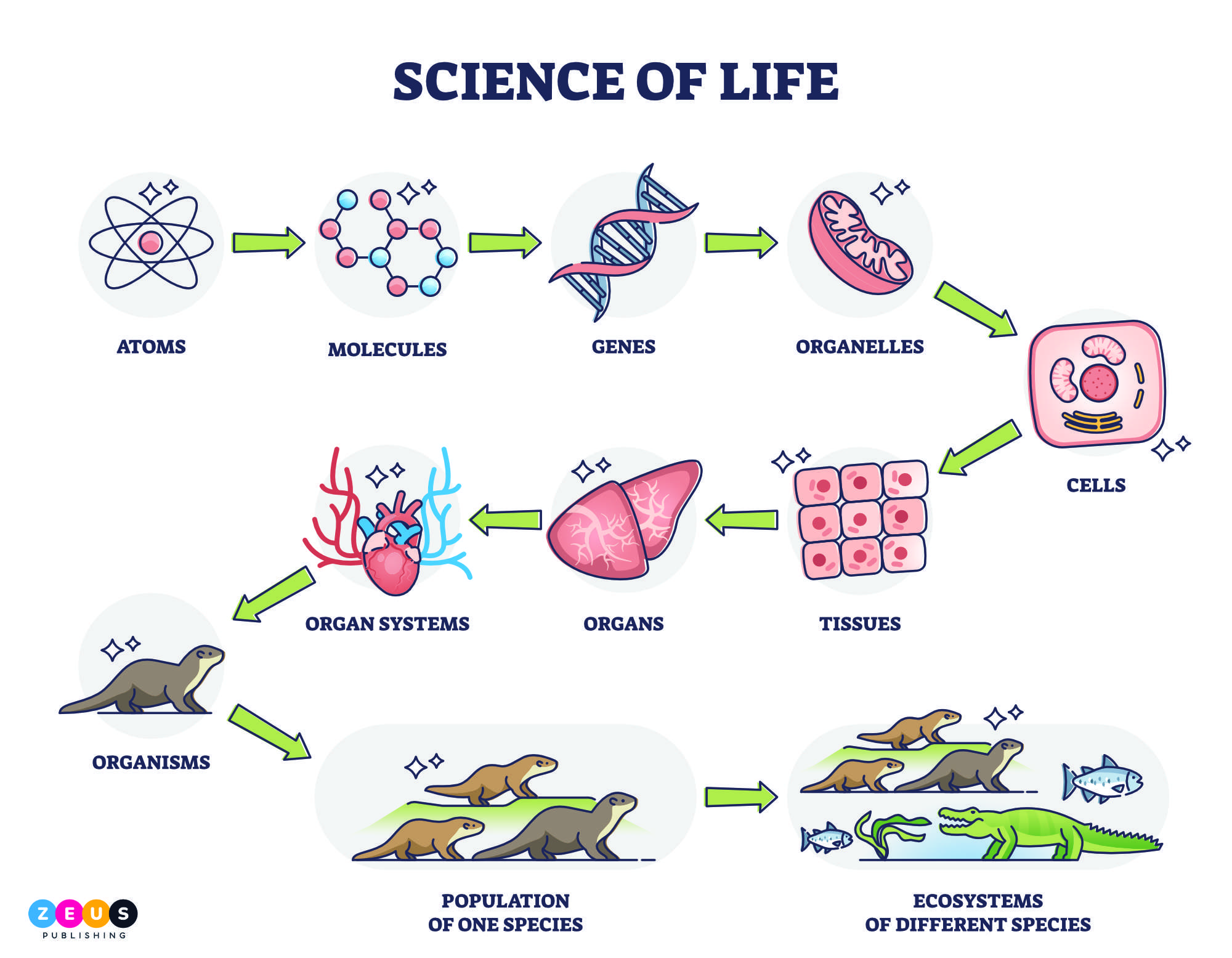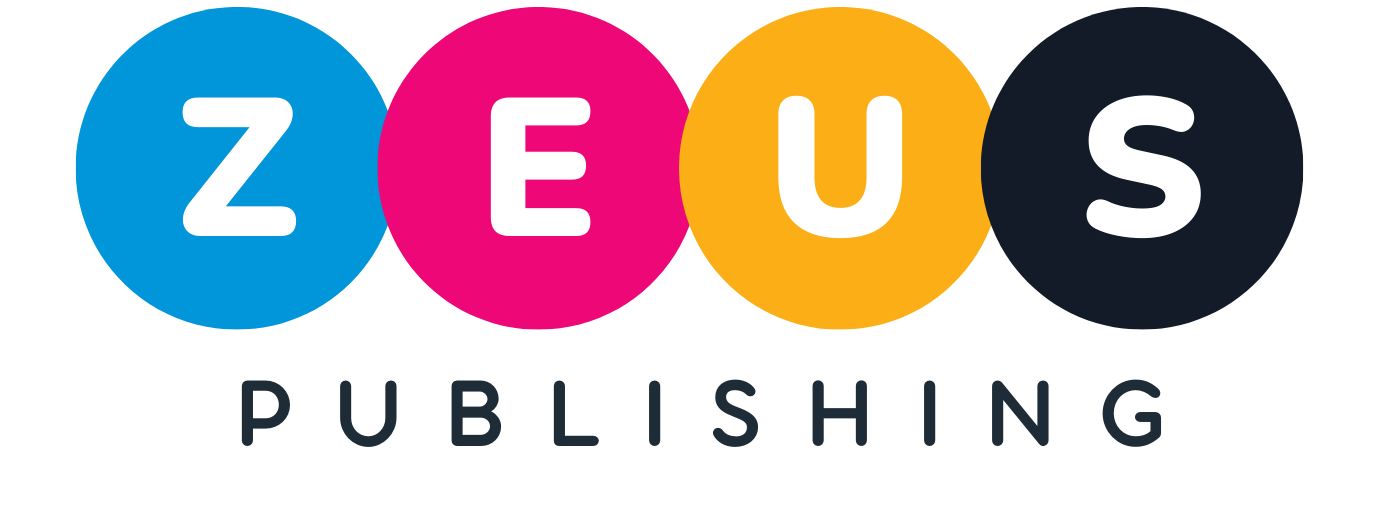What is a Graphical Abstract
According to the International Association of Scientific, Technical, and Medical Publishers (2018), more than 3 million academic articles are published each year, and this figure is steadily growing. To keep up with current research or to conduct a literature review, researchers must sift through a growing corpus of scientific material.
Text abstracts help provide a study overview for this purpose, but they still require a researcher to absorb a great deal of technical knowledge when analyzing the relevance of numerous studies at once. Furthermore, word constraints imply that abstracts are necessarily condensed and may need extremely field-specific vocabulary, making it difficult to comprehend the most significant features of a work.

The advantages of graphical abstractions
Our Graphical Abstract Design solution will help you engage readers in your study story. Our graphical abstract illustrators transform your article into a visually appealing and scientifically exact graphical abstract that effectively explains your results while meeting all of the artwork standards of your preferred publication, increasing the discoverability of your work.
A growing number of publications require graphical abstracts with articles submitted for publication, and you may utilize them to your professional advantage. You may boost the effect of your study by generating a professional-looking and eye-catching graphical abstract that attracts the attention of prospective readers and collaborators, as well as individuals who were previously unaware of your work.
Time needed to understand written words
Words are the smallest meaningful unit of language, therefore we may begin with statistics on word recognition.
According to one research, the time it takes to recognize a recognized word is between 100 and 200 milliseconds, or one tenth and one fifth of a second. Straight multiplication: it takes 0.8 – 1.6 seconds to detect the 8 individual words in a brief phrase.
However, sentences are more than just the sum of their constituent words. As expected, the time required to comprehend a sentence is more than the product of word count and word rate.
The average English adult sentence-reading speed is roughly 200 words per minute, or around 300 milliseconds each word.
This equates to a 50% “penalty” every word for sentence comprehension. In other words, copy-reading should take between 150 and 300 milliseconds per word. (It takes 1.2 – 2.4 seconds to read an 8-word phrase.)
Reference: Dunn M (2022). Research: Is A Picture Worth 1,000 Words or 60,000 Words in Marketing? https://www.emailaudience.com/research-picture-worth-1000-words-marketing/ (accessed February 3, 2024)
Top four tips for designing a graphical abstract
Once you’ve decided on the content of your graphical abstract, you’ll need to design it in a clear and effective manner. Here are four easy design suggestions to help guide you:
Begin your graphical abstract
Creating a figure from scratch might be challenging. To help you get started with figure-making, focus on these three areas:
The central message of your research. Use 1-2 sentences to summarize your study report. This is the foundation for your graphical abstract.
Your layout. Collect examples of various graphical abstractions to evaluate which layout will best suit yours. Pro tip: Look through the BioRender template gallery for ideas.
Your story flows. Sketch out your thoughts on paper, write them down, and produce a preliminary draft.
What are some typical graphical abstract design mistakes?
1) Backgrounds that are low contrast or patterned.
2) Overlapping components, particularly arrows.
3) Using too many colors (try to stick to 2-3).
4) Remove shadows and text art.
5) Elements that are unnecessary. Minimalism is preferable than crowding.





